THE CRYPTIC BLACK HOLE
The simple answer to all of these questions is, as Professor Richard Massey explains, "Who knows?" As a Royal Society research fellow at the Institute for Computational Cosmology at Durham University, Massey is fully aware that the paradoxes of black holes run deep.
A black hole is a region of spacetime where gravity is so strong that nothing—no particles or even electromagnetic radiation such as light—can escape from it. The theory of general relativity predicts that a sufficiently compact mass can deform spacetime to form a black hole.
"Falling through an event horizon is passing beyond the veil — once someone falls past it, nobody could ever send a message back," he said. "They'd be ripped to pieces by the enormous gravity, so I doubt anyone falling through would get anywhere."
If that sounds like a disappointing — and painful — answer, then it is to be expected. Ever since Albert Einstein's general theory of relativity was considered to have predicted black holes by linking space-time with the action of gravity, it has been known that black holes result from the death of a massive star leaving behind a small, dense remnant core.
Assuming this core has more than roughly three-times the mass of the sun, gravity would overwhelm to such a degree that it would fall in on itself into a single point, or singularity understood to be the black hole's infinitely dense core.
The resulting uninhabitable black hole would have such a powerful gravitational pull that not even light could avoid it. So, should you then find yourself at the event horizon — the point at which light and matter can only pass inward, as proposed by the German astronomer Karl Schwarzschild — there is no escape.
According to Massey, tidal forces would reduce your body into strands of atoms (or 'spaghettification', as it is also known) and the object would eventually end up crushed at the singularity. The idea that you could pop out somewhere — perhaps at the other side — seems utterly fantastical.
Such an idea has been floating around for some time: Einstein teamed up with Nathan Rosen to theorize bridges that connect two different points in space-time in 1935. But it gained some fresh ground in the 1980s when physicist Kip Thorne — one of the world's leading experts on the astrophysical implications of Einstein's general theory of relativity — raised a discussion about whether objects could physically travel through them.
Black holes are some of the most interesting and powerful phenomena in the universe, and currently, the subject of Liberty Science Center's stunning show, Black Holes, now playing in our Jennifer Chalsty Planetarium, the biggest planetarium in the Western Hemisphere.
Since they're so fascinating, it's no surprise that science fiction has made use of them in a host of creative and interesting ways – sometimes in line with the real science, and sometimes not so much.
Here is a look at some of these depictions of black holes to see how they compare to science.
Event Horizon
Black holes are too far away to photograph with present technology (though the Event Horizon telescope is aiming to change that soon), so our culture’s imagination lacks a clear picture of what black holes look like – and that comes through in science fiction.
Time Dilation
Near a black hole, the slowing of time is extreme. From the viewpoint of an observer outside the black hole, time stops. ... Inside the black hole, the flow of time itself draws falling objects into the center of the black hole. No force in the universe can stop this fall, any more than we can stop the flow of time.
In the 90s sci-fi series Andromeda, a starship called Andromeda Ascendant falls into a black hole during a major battle. 300 years later, a salvage ship finds the Andromeda, still frozen in time, still about to fall into the black hole.
In Interstellar, the crew lands on a planet orbiting a black hole deep within its gravity field and finds that minutes spent on the moon is year's spent in the earth
This Einstein's theory of relativity generalize the real picture of TIME TRAVEL and the main generalized expressions of passage of light through a black hole
(The theory of general relativity predicts that a sufficiently compact mass can deform spacetime to form a black hole. The boundary of the region from which no escape is possible is called the event horizon. ... Black holes of stellar mass are expected to form when very massive stars collapse at the end of their life cycle.)

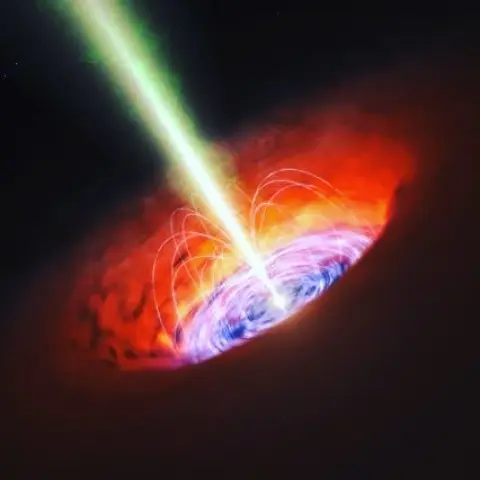
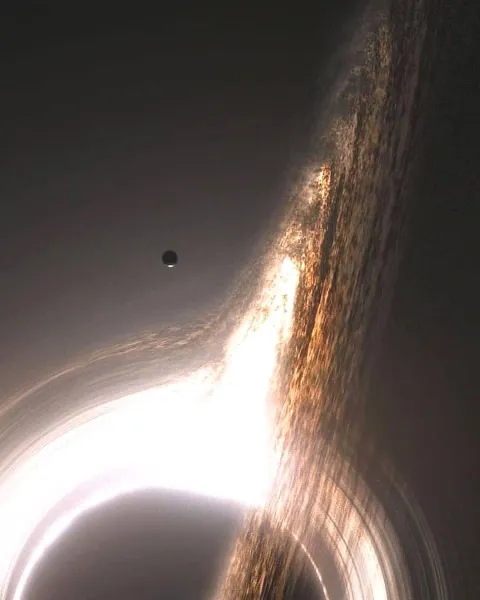
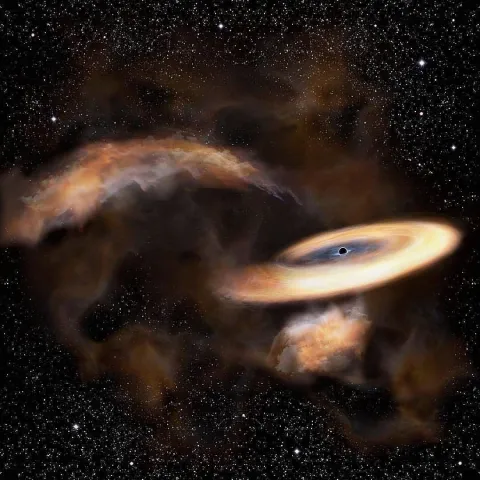
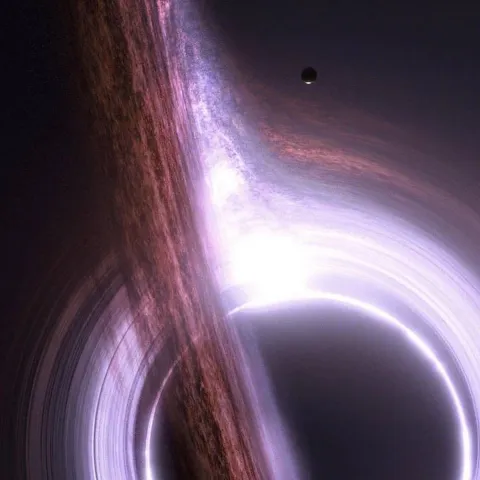
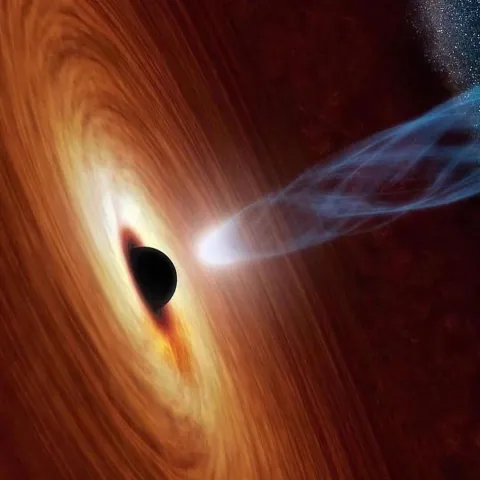

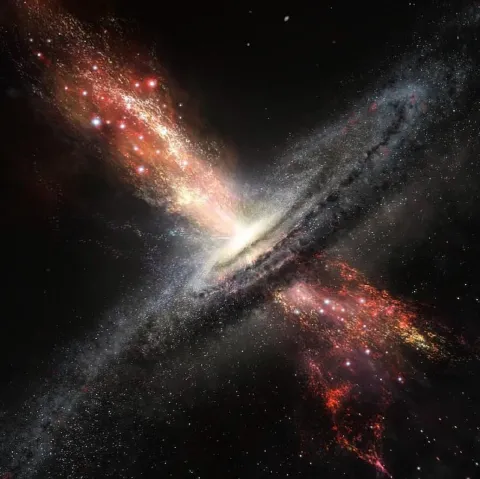





Comments